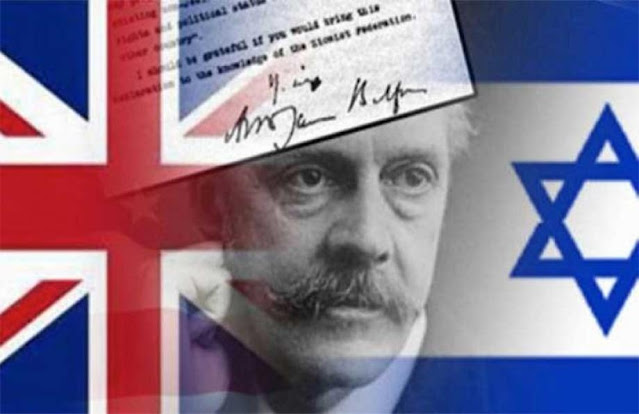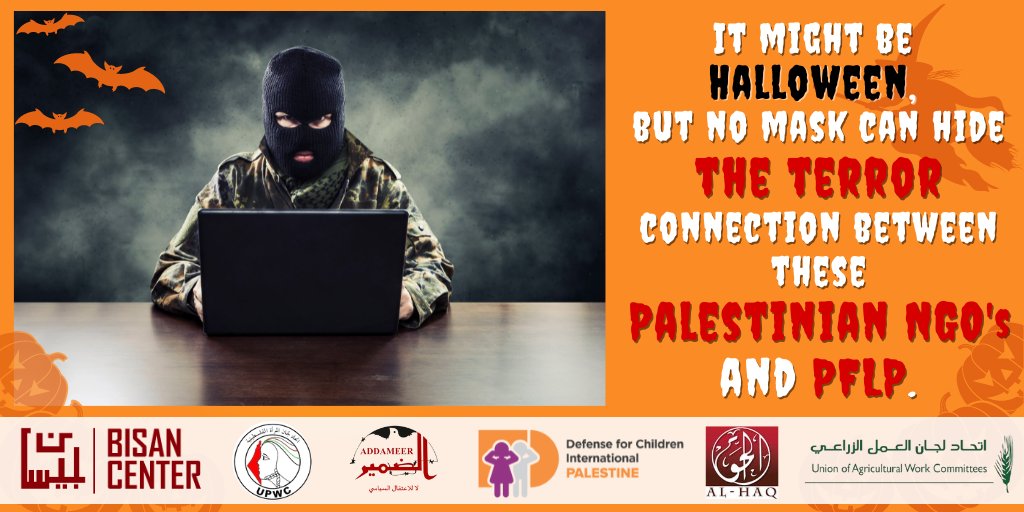David Colier: How the Palestinians stole the suffering, of well – just about everyone
It might seem absurd to those that do not see what is going on, but the pro-Palestinian movement probably cannot believe its good fortune. They can steal any idea, make any accusation, and global antisemitism will do the rest of the work for them. Because their fight is against the Jews, their empty smears all go viral. What we see in the anti-Israel movement today is the result of decades of co-opting causes, historical revisionism and piggybacking on the very real suffering of others. Basically – if there is a bad thing happening in the world – the pro-Palestinian movement stole the idea to use it against the Jews.Russian Lessons for American Jews
Here are some of the key examples:
The theft of Apartheid
Apartheid was a system of legislation that upheld segregationist policies against non-white citizens of South Africa. White South Africans inflicted a brutal racist system upon over 80% of the population – tens of millions of people – just because of the colour of their skin:
The international boycott against the Apartheid policies was seen as successful and so for this reason, the pro-Palestinian camp simply co-opted it as their strategy. They reasoned that if people can be conned into believing that Israel is an Apartheid state – then the international community will realise that it must go the same way as Apartheid South Africa did.
Except of course there is no Apartheid in Israel. Arabs form 20% of the population of Israel and they are the only free voting Arabs in the MENA region. The entire Palestinian argument is flawed. South Africans lived under Apartheid rule – Israeli Arabs are free – Palestinian Arabs can negotiate a peace deal, to finally end a conflict their leaders chose – started – and lost. There is a lot of Apartheid in the MENA region – in places such as Lebanon, but none in democratic Israel.
When the pro-Palestinian camp smears Israel with the vile lie about Apartheid, they degrade and insult the suffering of non-white South Africans and ridicule the long battle which those trapped in that system had to endure. They have stolen the pain of others.
The theft of the Holocaust
This is one of the most insidious appropriations of suffering that has ever been undertaken. The pro-Palestinian movement has stolen the systematic destruction of the Jewish people. There are two strands to the way this was done.
The first was the rewriting of history. The ‘Nakba’ or ‘catastrophe’ that Arabs in the British mandate experienced was the result of the failure of their violent attempt to destroy Israel. The Arabs started a civil conflict against the Jews and then followed that with a regional war. They lost. People do not sympathise much with this type of aggression – so the pro-Palestinian movement simply rewrote history. They airbrushed out the civil conflict – removed the Arab irregular army from history – and turned a tiny Jewish enclave fighting for survival, into a powerful and brutal force intent on carrying out an evil plan. Because the Jews were so strong and mean – local Arab armies came in to try to stop them. The Jews had their Holocaust – but it could now be menitioned alongside the Palestinian ‘Nakba’:
The second strand is the ‘Zionists are the new Nazis’ trope. The poor Palestinians – in this new history – became Europe’s Jews – and Israel became the new Nazi empire. In this fairytale – the invading Arab Armies of Syria, Jordan and Egypt are transformed into Churchill’s Britain – bravely standing up against the evil force. It is why the perverse lie about a historical Zionist / Nazi ideological alliance runs so strongly in their camp, they want people to actually believe that Jews fighting to survive and Nazis intent on global domination are morally equivalent. So, anything that occurs today – is used to reinforce an image of Jews as the new Nazis and Palestinians as the new Jews.
If any Jewish group has a right to apply the “my existence is resistance” motto to itself today, it is RSJs. Soviet Jews outlasted Lenin’s, Hitler’s, and Stalin’s “solutions” to “the Jewish problem.” They survived mass slaughter (over 100,000 in the postrevolutionary violence; 2.7 million in the Holocaust), a decimation of their religious and cultural institutions, the murder of their intelligentsia, and an erasure of their collective memory. They came out of those experiences with a Jewish identity that was deeply paradoxical: secular, devoid of any ethnic content — and yet, unshakable.
Some of the “credit” for the construction of this identity goes to the Soviet state, which separated Jewishness from Judaism and defined it as nationality or ethnicity. In theory, this meant that Jews were ethnically Jewish in the same way that, say, Ukrainians were Ukrainian: an ethnic group defining itself by language, history, dress, customs and cuisine. This worked in the first decade of Soviet power, but, as historian Zvi Gitelman describes in detail, by the time the anti-cosmopolitan campaign concluded in the 1950s, Soviet Jews had lost their Jewish particularity. Growing up in the 1970s Soviet Union, I learned songs, dances, national costumes, and traditions of Moldovans, Georgians, Armenians, Uzbeks, Tajiks, Roma, and, of course, Russians. But the idea that Jews might have equivalent ethnic attributes likely never even occurred to me. By then, nothing remained of Jewish culture in public consciousness but ugly stereotypes.
Soviet Jews themselves struggled with the many paradoxes of their identity. A highly-regarded samizdatjournal had a rubric titled “Who Am I?,” in which Jews mulled the question. Fully acculturated, raised on Pushkin and Tolstoy, they felt as Russian as their ethnically Russian friends and colleagues. And yet, the scarlet letter of the Jewish “nationality” line in their identity papers, as well as their recognizably “Jewish faces,” permanently marked them for hate and discrimination, preventing them from assimilating. Many Soviet Jews’ experience suggested that Jewishness was akin to race: a vague yet inescapable reality whose primary marker was one’s external physical characteristics.
Even so, Soviet Jews did develop a distinct culture. For one thing, they came to view themselves as part of the intelligentsia. They understood themselves as people who collected books, read voraciously, and strove for educational and professional excellence. They were people whose children played musical instruments and spent Sundays in theater matinees. They might not have had much knowledge of Jewish culture or tradition, as historian Yaakov Ro’i has noted, but they felt themselves to be Jewish. They had “an existential feeling of Jewish solidarity” and “common fate,” and Jewish pride emanating from their own and other Jews’ professional and cultural achievements. Being Jewish to them was more of a mentality and a shared interpretation of reality than a set of specific Jewish expressions.
The Jewish identity that this complicated mix of circumstances, policies, and adaptations created did not require any specifically Jewish actions to reinforce itself. It is no wonder, then, that it remained invisible to the American Jewish eye. Writing in 2016, sociologist Steven J. Gold observed that it had been only recently that Jewish scholars and community activists recognized that “while Russian-speaking Jews frequently express their Jewishness in ways at variance from the local Jewish population, they often have a stronger Jewish identity and more extensive Jewish social ties than do American Jews.”










































